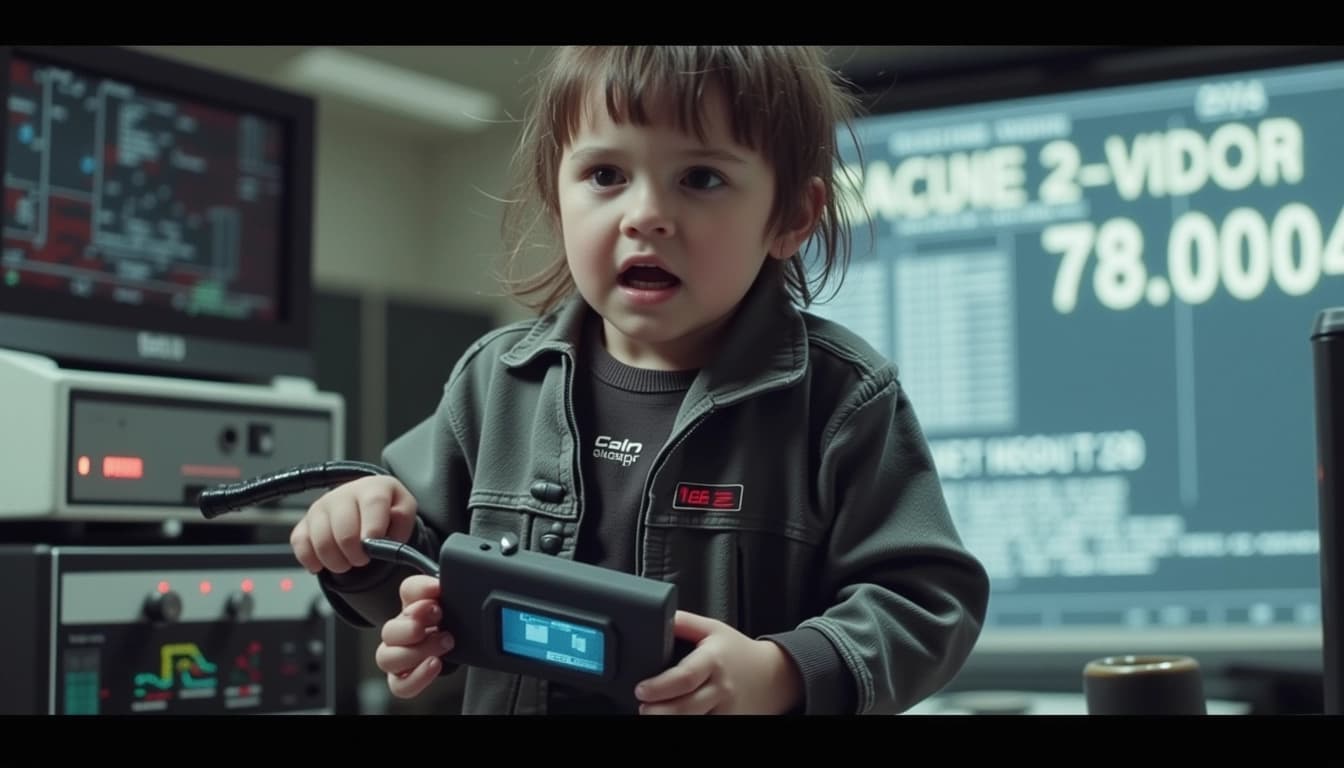
Exploring Prompt-to-Video with MiniMax Video-01: Realistic Scenes or Just Hype?
By John Doe 5 min
Key Points
Research suggests MiniMax Video-01 can generate realistic scenes, but it may not be the best compared to models like Runway Gen-3 or Kling.
It seems likely that the model is suitable for short, high-quality videos, especially for casual use, but has limitations in length and detail for professional applications.
The evidence leans toward MiniMax Video-01 being a significant advancement, though some critiques highlight inconsistencies in realism.
What is Prompt-to-Video and MiniMax Video-01?
Prompt-to-Video is a technology that uses AI to create videos from text descriptions, making video production accessible to non-experts. MiniMax Video-01, developed by the Chinese startup MiniMax and backed by Alibaba and Tencent, is one such model. Launched in 2024, it generates 6-second videos at 720p resolution and 25 frames per second, supporting styles like CGI and anime, and is currently free to use.
Realism and Capabilities
MiniMax Video-01 can produce realistic scenes, particularly in terms of cinematic camera movements and human movement. However, compared to competitors like Runway Gen-3, Sora from OpenAI, and Luma AI, it is considered good but not top-tier. For example, it excels in short clips but may show flickering or unnatural details, which can affect realism for professional use. It's great for casual content creation but may need manual editing for high-stakes projects.
Is It Hype or Reality?
The hype around MiniMax Video-01 is partially justified, as it offers impressive results for its accessibility. However, research suggests it's not the most realistic compared to some peers, with critiques noting it falls short in coherence and detail for complex scenes. An unexpected detail is its strong performance in capturing human movements, which is often challenging for AI models.
Text-to-video generation has emerged as a transformative technology, enabling users to create video content from simple text prompts. Among the plethora of AI models, MiniMax Video-01, developed by the Chinese startup MiniMax and backed by tech giants Alibaba and Tencent, has garnered significant attention. This survey note aims to evaluate whether the model's ability to generate realistic scenes lives up to the hype, providing a detailed analysis based on available information as of March 30, 2025.
Background on Prompt-to-Video Technology
Prompt-to-Video, also known as text-to-video, involves AI systems that interpret natural language descriptions and generate corresponding video sequences. This technology relies on advanced machine learning, particularly diffusion models, to understand context and semantics, producing videos that align with the input text. The field has seen rapid advancements in the 2020s, driven by models like CogVideo, Make-A-Video by Meta Platforms, and Imagen Video by Google DeepMind, each contributing to the evolution of high-quality video generation.
MiniMax Video-01 Overview
MiniMax Video-01, launched in 2024, is a notable entrant in this space. It is designed to convert text descriptions into short video clips, currently supporting videos up to 6 seconds long, with plans to extend to 10 seconds. The videos are generated at a resolution of 1280x720 pixels and 25 frames per second, offering versatility in styles such as CGI and anime. The model is accessible globally, requiring only mobile number registration, and is currently offered for free, making it an attractive option for content creators.
Assessing Realism: Capabilities and Performance
The realism of AI-generated videos is a critical factor, encompassing visual fidelity, motion coherence, and naturalistic details. MiniMax Video-01 has several strengths that contribute to its realism, including high-resolution output and versatile style options. These features make it a competitive player in the text-to-video generation market.
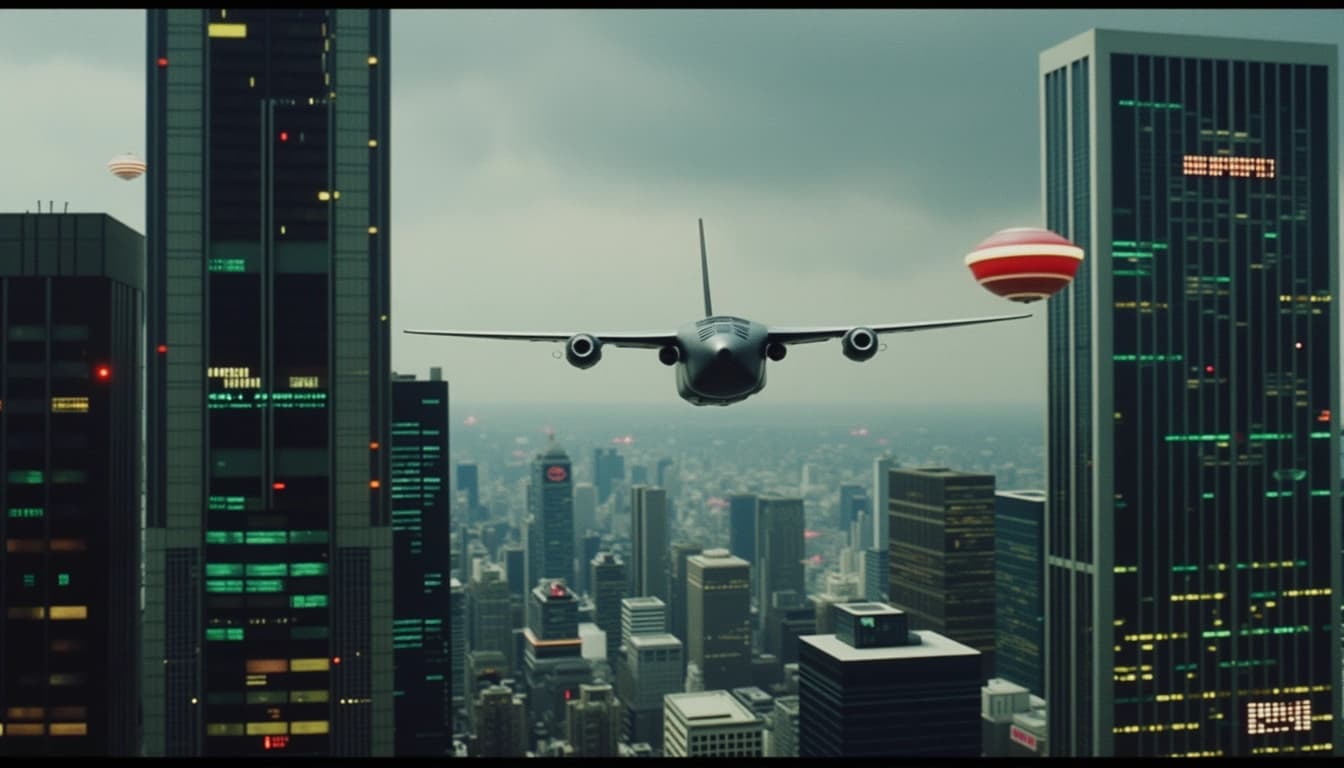
Conclusion & Next Steps
MiniMax Video-01 demonstrates promising capabilities in generating realistic video content from text prompts. While it currently supports shorter clips, its high resolution and style versatility make it a valuable tool for content creators. Future updates, including extended video lengths and enhanced realism, could further solidify its position in the market.
- High-resolution output at 720p
- Supports multiple styles like CGI and anime
- Currently free and globally accessible
MiniMax Video-01 is a text-to-video model designed to generate 6-second video clips from textual prompts. It excels in creating dynamic scenes with smooth transitions and realistic details, making it suitable for social media and casual content. The model supports various camera movements, such as panning, zooming, and tracking, enhancing the professional quality of the output.
Cinematic Camera Movements
The model's ability to incorporate cinematic camera movements allows for dynamic scene composition. For instance, prompts can include instructions like '[Pan left, Pan right] A woman in business attire sits at a café, sipping coffee,' which adds a layer of professionalism to the generated videos. This feature is particularly useful for creating engaging content that mimics real-world filming techniques.
Diverse Styles
MiniMax Video-01 can generate both realistic and stylized content, catering to a wide range of creative needs. Whether you're looking for photorealistic scenes or animated sequences, the model offers flexibility in style. This versatility makes it a valuable tool for creators who need to produce varied content for different platforms and audiences.
Comparative Analysis with Leading Models
To contextualize MiniMax Video-01's realism, it is instructive to compare it with other prominent text-to-video models, such as Runway Gen-3, Sora from OpenAI, and Luma AI. These models vary in their capabilities, output quality, and specific use cases. A notable comparison was conducted by AI expert Heather Cooper, who evaluated ten models using a standardized prompt to assess their performance.
Conclusion & Next Steps
MiniMax Video-01 offers a robust set of features for generating short video clips from text prompts. While it has limitations, such as the 6-second video length constraint and occasional inconsistencies, it remains a competitive option in the text-to-video space. Future updates aim to extend the video length to 10 seconds and improve realism, making it an even more powerful tool for creators.
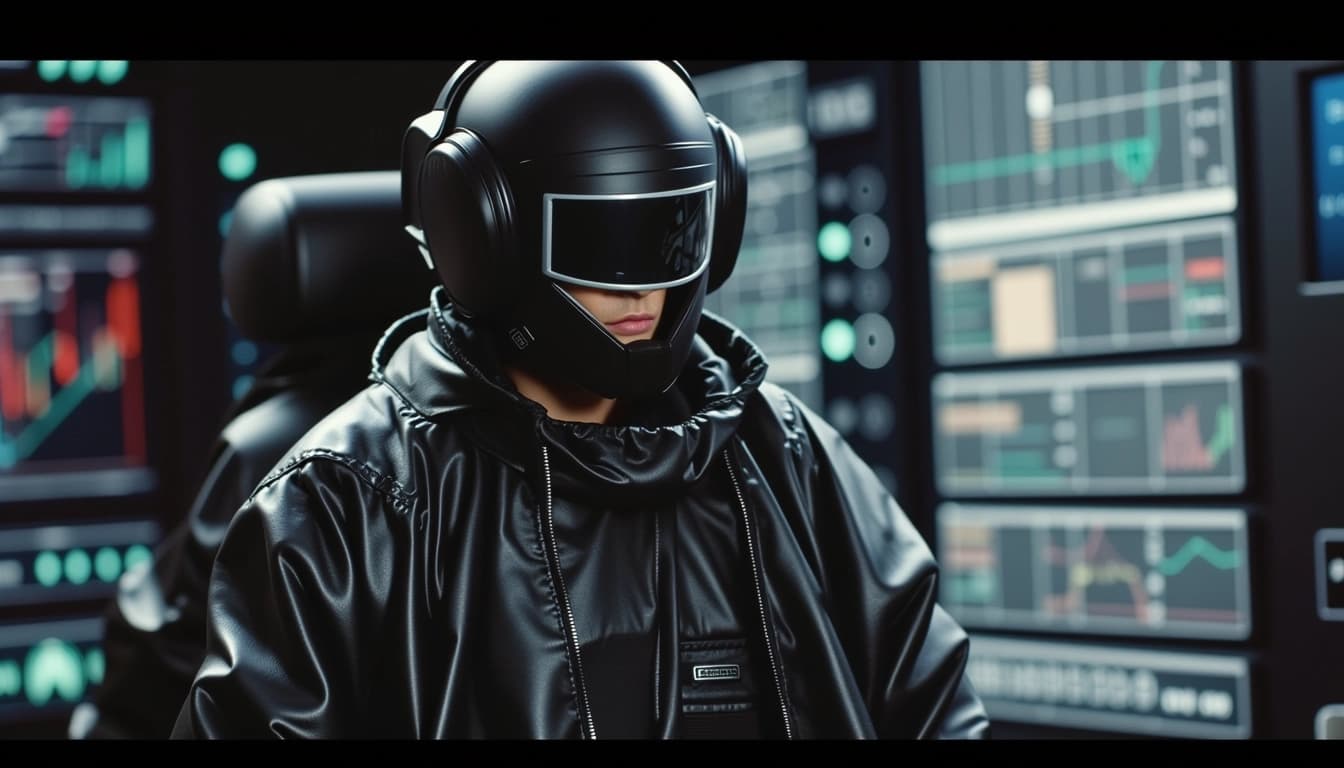
- Supports cinematic camera movements
- Generates both realistic and stylized content
- Competes with leading text-to-video models
MiniMax Video-01 is a new AI video generator that has been making waves in the tech community. It promises to deliver realistic video outputs, particularly in rendering human movements and complex scenes. The model is being compared to other advanced AI video generators like Runway Gen-3 and Kling, but how does it really stack up?
Performance and Realism
MiniMax Video-01 has shown impressive capabilities in generating short, high-quality videos. Its ability to accurately render human hand movements and facial expressions is notable. However, when compared to models like Runway Gen-3 or Kling, it falls slightly short in terms of realism, especially in complex human interactions. This highlights the ongoing challenge of achieving lifelike motion in AI-generated videos.
Comparison with Other Models
In side-by-side comparisons, MiniMax Video-01 performs well but doesn't quite surpass its competitors. For instance, Kling offers longer video clips and additional features like image-to-video conversion, which MiniMax currently lacks. Runway Gen-3, on the other hand, excels in cinematic quality, making it a tough benchmark for MiniMax to meet.
User Feedback and Critiques
User reviews provide a mixed perspective on MiniMax Video-01. Some praise its high-quality outputs and free access, while others point out its limitations in realism and feature set. For example, Tom's Guide noted its accurate hand movements but also its shortcomings compared to Kling. Stable Diffusion Art highlighted its competitive edge in the AI video space, thanks to its free availability and movie-quality outputs.
Conclusion & Next Steps
MiniMax Video-01 is a promising addition to the AI video generation landscape. While it has its strengths, such as realistic human movements and high-quality short clips, there's room for improvement, particularly in matching the realism and features of top-tier models. Future updates could potentially bridge this gap, making it a strong contender in the field.
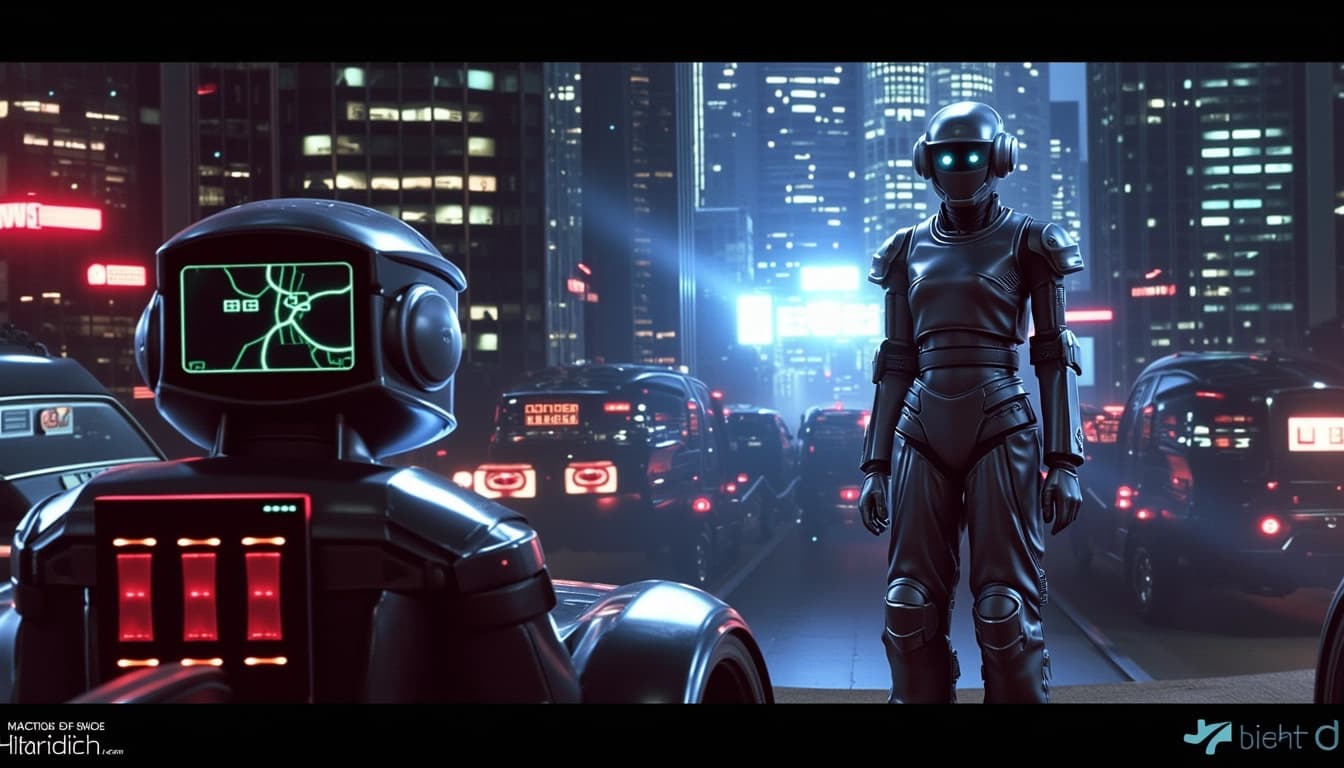
- Accurate human hand movements
- Free access and high-quality outputs
- Room for improvement in realism and features
MiniMax Video-01 has generated significant buzz in the AI community as a powerful text-to-video model. The hype suggests it can produce high-quality, realistic videos from simple text prompts, rivaling other leading models like Runway Gen-3, Sora, and Kling. But how much of this excitement is justified, and how much is mere speculation? This article delves into the capabilities of MiniMax Video-01, comparing it to its competitors and evaluating whether it lives up to the hype.
Performance and Realism
MiniMax Video-01 is praised for its ability to generate 720p videos up to 6 seconds long, with smooth transitions and cinematic movements. However, critiques highlight inconsistencies in realism, especially for complex scenes. While it excels in casual or abstract scenarios, it struggles with detailed elements like human hands or intricate backgrounds. This places it slightly behind models like Runway Gen-3, which offer more coherent and ultra-realistic outputs.
Strengths in Human Movement
One surprising strength of MiniMax Video-01 is its ability to capture human movements, such as hand gestures and facial expressions. This is often a challenge for AI models, and its proficiency in this area could make it a standout for character-driven content. However, these strengths are sometimes overshadowed by minor inconsistencies that detract from overall realism.
Accessibility and Use Cases
MiniMax Video-01 stands out for its accessibility, offering free access without restrictive paywalls. This makes it an attractive option for casual users and content creators who need quick, high-quality videos. Its user-friendly platform democratizes video creation, though professionals may still prefer more advanced models for complex projects requiring flawless realism.
Comparison with Competitors
When stacked against models like Runway Gen-3, Sora, and Kling, MiniMax Video-01 holds its own in certain areas but falls short in others. Runway Gen-3, for instance, offers longer video lengths and superior coherence, while Sora excels in dynamic scene transitions. MiniMax's free access and ease of use give it an edge for beginners, but its limitations in detail and realism may deter professionals.
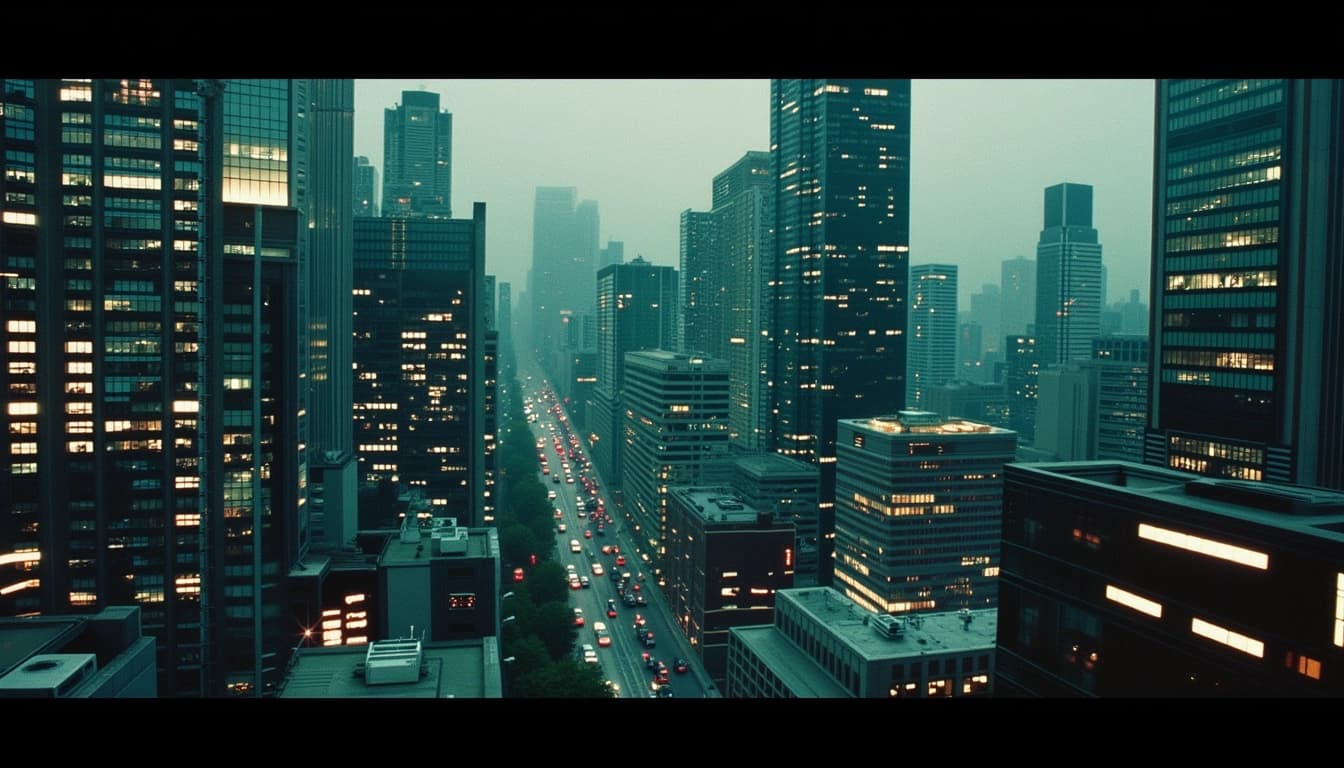
Conclusion & Next Steps
The hype around MiniMax Video-01 is partially justified, particularly for casual users and short-form content creators. Its strengths in accessibility and human movement rendering are notable, but it isn't yet the most realistic option available. Future updates, such as longer video lengths and improved detail handling, could help it bridge the gap with more advanced competitors.
- MiniMax Video-01 excels in accessibility and casual use cases.
- It struggles with ultra-realistic details compared to Runway Gen-3 or Sora.
- Future updates may enhance its capabilities and realism.
MiniMax Video-01 is a new AI video generation tool that has been generating buzz for its ability to create realistic videos from text prompts. Developed by MiniMax, this tool is being positioned as a competitor to OpenAI's Sora, offering impressive scene generation capabilities. The technology behind MiniMax Video-01 allows users to transform text descriptions into short video clips, making it a versatile tool for content creators and marketers.
Features and Capabilities
MiniMax Video-01 supports the generation of videos up to 10 seconds long, with a focus on realistic scene transitions and coherent narratives. The tool excels in handling complex prompts, such as those involving multiple subjects or dynamic environments. Users can also leverage an image-to-video feature, which allows for the creation of videos based on uploaded images. Additionally, MiniMax offers a 'pro mode' for more advanced customization, enabling finer control over video outputs.
Image-to-Video Functionality
One of the standout features of MiniMax Video-01 is its ability to convert static images into dynamic videos. This functionality is particularly useful for marketers and designers who want to bring still visuals to life. The tool analyzes the image and generates motion that aligns with the content, such as subtle movements in a landscape or animated elements in a graphic. This feature has been praised for its realism and ease of use.
Comparison with Competitors
When compared to other AI video generators like OpenAI's Sora, Runway ML, and Luma AI, MiniMax Video-01 holds its own in terms of realism and coherence. While Sora is noted for its ability to produce longer clips with high narrative coherence, MiniMax excels in shorter, highly detailed scenes. Runway ML offers more advanced editing features, but MiniMax's user-friendly interface makes it more accessible to beginners. Luma AI, on the other hand, is known for ultra-realistic details, but MiniMax's motion brush and pro mode provide unique advantages.
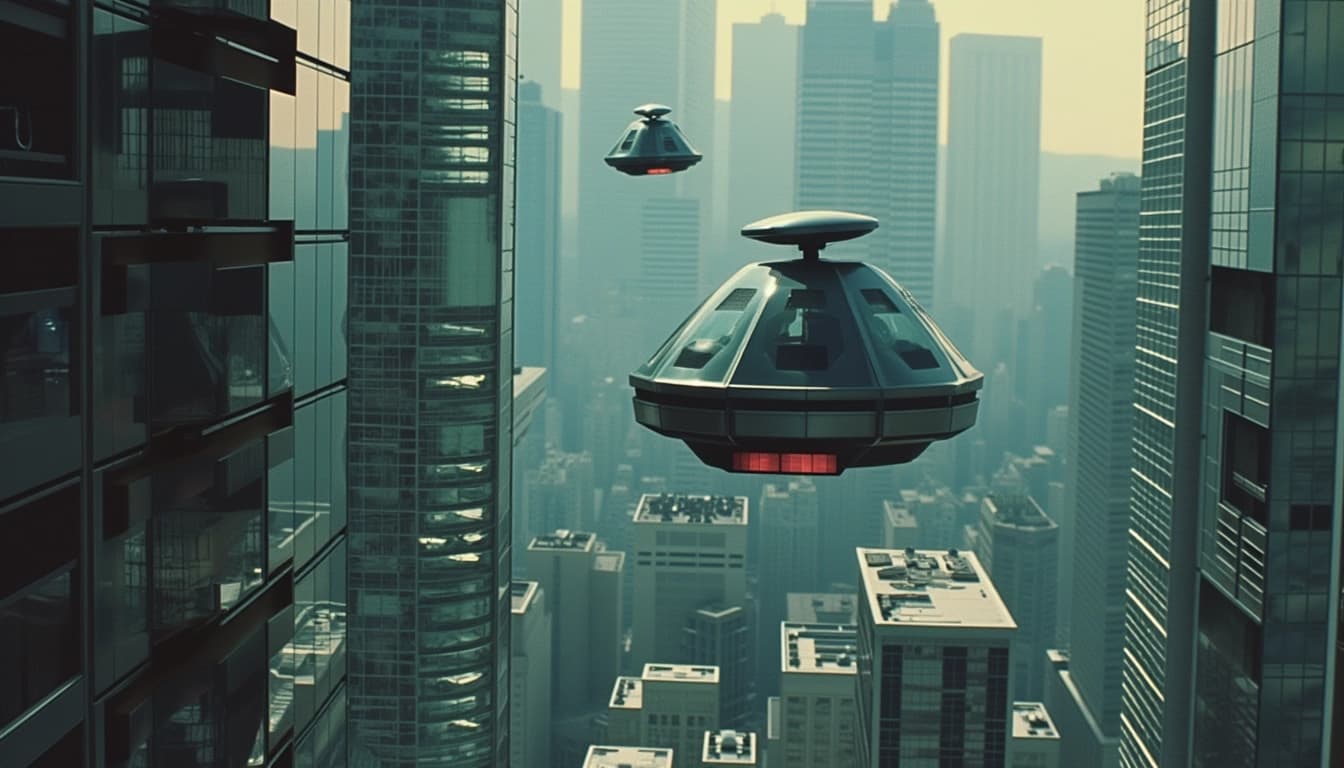
Limitations and Challenges
Despite its strengths, MiniMax Video-01 is not without limitations. The tool currently restricts video length to 10 seconds, which may be insufficient for some applications. Additionally, while the generated videos are highly realistic, they can occasionally exhibit minor artifacts or inconsistencies in motion. The tool is also not yet publicly available, which limits its accessibility compared to some competitors.
Conclusion and Future Prospects
MiniMax Video-01 represents a significant step forward in AI-driven video generation, offering a blend of realism, ease of use, and innovative features like image-to-video conversion. While it may not yet surpass the capabilities of industry leaders like Sora, it provides a compelling alternative for users seeking high-quality, short-form video content. As the tool evolves, future updates could address current limitations, such as video length and public availability, further solidifying its position in the market.
- MiniMax Video-01 generates realistic videos from text prompts.
- The tool supports image-to-video conversion and offers a pro mode for advanced users.
- Current limitations include a 10-second video cap and limited public availability.